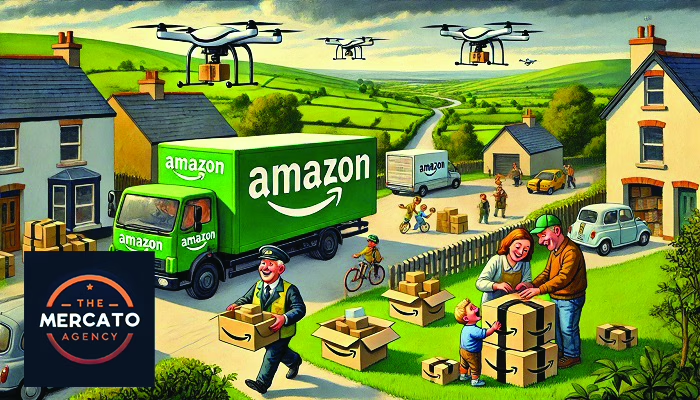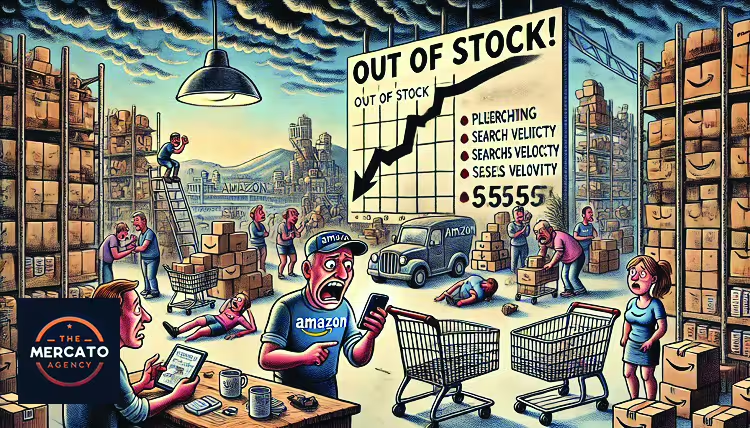Amazon Product Sourcing: A Sellers Guide
For Amazon sellers, the quest for sourcing products is akin to embarking on an epic journey fraught with excitement, peril, and the occasional dragon (figuratively speaking, of course). It’s a pivotal part of building a successful online business, but it’s peppered with challenges that can test the mettle of even the most seasoned entrepreneurs. Finding reliable suppliers and products that not only meet Amazon’s stringent standards but are also profitable, requires a blend of strategy, diligence, and a bit of savvy negotiation. Here’s a guide to mastering the art of product sourcing for Amazon.
1. Vetting Suppliers: The Art of Separating Wheat from Chaff
- Due Diligence is Key: Embark on a fact-finding mission that would make Sherlock Holmes proud. Research potential suppliers thoroughly, checking their history, reputation, and reviews. Remember, a supplier relationship is a marriage of convenience; you want a partner who’s reliable, communicative, and, above all, honest.
- Samples are Your Best Friends: Before placing a large order, request samples to assess quality firsthand. It’s like a first date; you want to know what you’re getting into before making any commitments.
2. Understanding Market Demand: The Crystal Ball of E-commerce
- Leverage Data Analytics: Use tools and software that analyze market trends, customer reviews, and competitor strategies. It’s like having a crystal ball, but instead of vague predictions, you get actionable insights.
- The Customer is Always Right: Dive into customer feedback on existing products. Identifying complaints and wishes is like finding a treasure map that leads you to products that address unmet needs.
3. Negotiation Tactics: The Delicate Dance for Better Terms
- Build a Relationship: Approach negotiations with suppliers as an opportunity to build a long-term relationship rather than a one-off transaction. Like any good dance, it requires rhythm, respect, and sometimes, the ability to lead.
- Be Informed: Arm yourself with knowledge about the product, market rates, and your own budget limits. Knowledge is power, especially when negotiating terms, prices, and minimum order quantities.
4. Quality Control: The Guardian at the Gates
- Implement Strict Quality Checks: Develop a system for regular quality inspections at different stages – from manufacturing to pre-shipment. Consider it the guardian at the gates, ensuring only the worthy products pass through.
- Feedback Loop: Create a feedback loop with your suppliers to continuously improve product quality based on customer reviews and returns. Think of it as a virtuous circle where every loop sharpens the sword of quality.
5. Diversify Your Supplier Base: Don’t Put All Your Eggs in One Basket
- Mitigate Risks: By diversifying your suppliers, you’re not only mitigating risks associated with supply chain disruptions but also positioning yourself to compare quality and prices. It’s like playing the field in the dating world; you want to explore your options before settling down.
Conclusion
The path to successful product sourcing is complex and requires a multifaceted approach. By vetting suppliers rigorously, understanding market demand, negotiating effectively, maintaining strict quality control, and diversifying your supplier base, you can navigate the intricacies of sourcing products for Amazon. Remember, in the grand chess game of e-commerce, product sourcing is your opening move, setting the tone for your business’s success on the platform.






